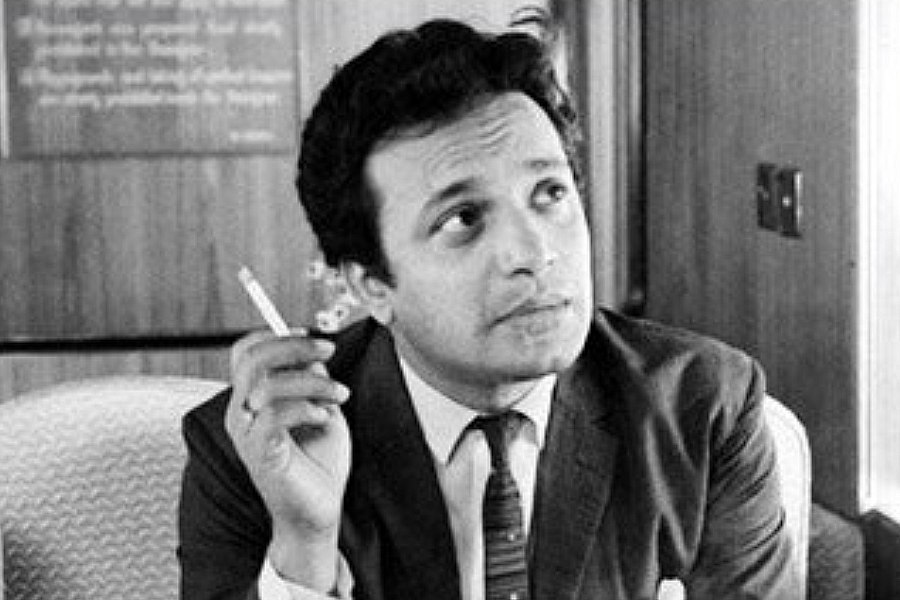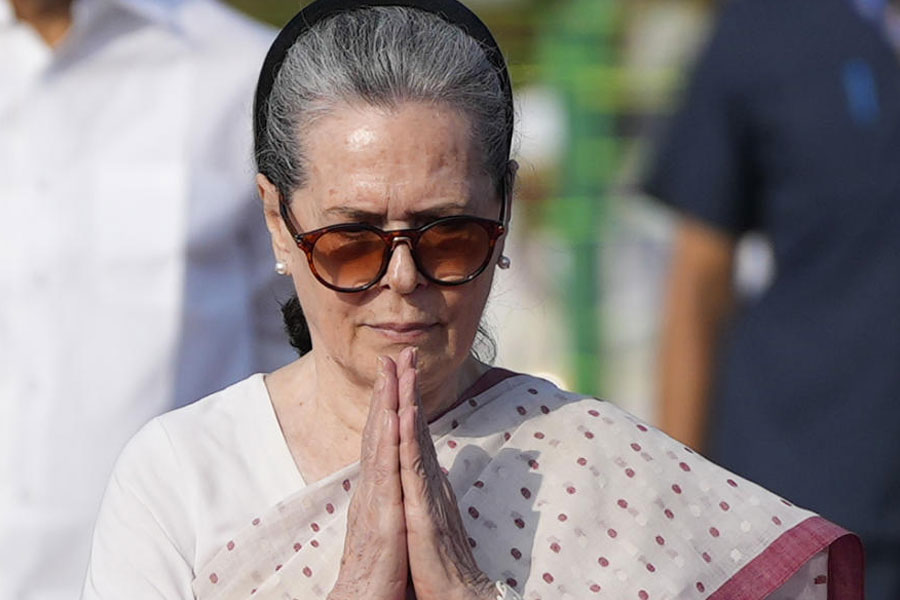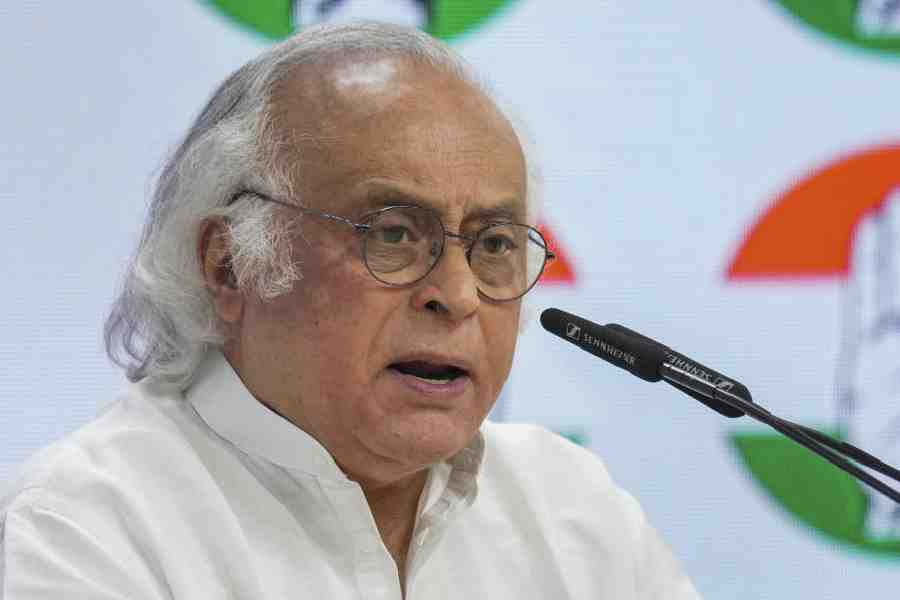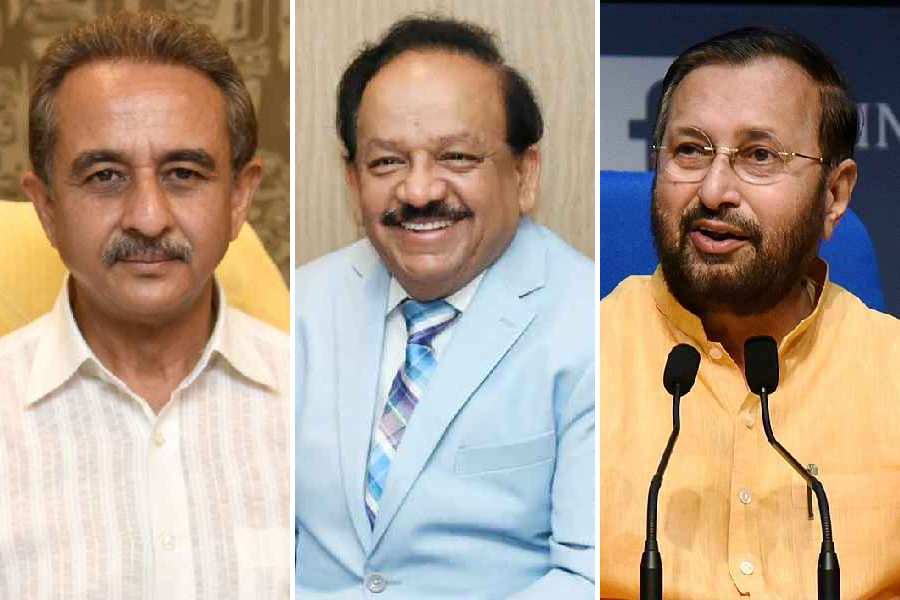My appreciation of Uttam Kumar happened quite late in life. I never could really fathom what was so huge about this man. Gradually I have come to understand the greatness of Uttam Kumar.
The last and only time that I saw an Uttam Kumar film on the big screen was Ogo Bodhu Sundari, which released several months after his death, over 40 years ago.
The only recollection I have of that show was going to the Rama theatre, Birati in the northern suburbs of Kolkata to get the tickets. I don’t remember the film at all.
When Film Heritage Foundation announced the rerelease of a restored version of Satyajit Ray’s Nayak, I knew I couldn’t miss this show.
Ghare Baire, a film that I immensely dislike, is possibly the only Ray film that I had seen on the big screen on a Sunday morning at Neelam in the Haryana township where I grew up. The Sunday morning screening was a special one arranged for the Bengali community a few years after the film’s release.
In those days my access to Bengali cinema was restricted to the Sunday afternoon slots on Doordarshan for what was known as ‘regional films’.
Nayak is among the select films that I try to watch every year. The list also includes Vittorio De Sica’s The Bicycle Thieves and Vinod Chopra’s Khamosh.
So here I was in the dark theatre on Saturday evening watching the magic of Uttam Kumar and Ray unravel on the big screen.
Uttam Kumar was and will always be miles ahead of any other actor in the Bengali film industry and this has got little to do with the stardom that he had achieved.
The filmography of his only rival and colleague in those days, Soumitra Chatterjee, has several Ray films that gives him an unparalleled edge over his contemporaries.
Uttam Kumar got only one and a half Ray films, Nayak and Chiriakhana. His oeuvre, almost the entirety of the 200-plus films that he did in Bangla and Hindi, consists of what is broadly classified as commercial cinema. There are countless films where the presence of Uttam Kumar was the only good thing about the film.
Watching Nayak on the big screen, I could fully grasp why this man held such a sway over Bengal’s male and female audiences. Why in a hugely popular comedy film from the early ’70s, one of the actors has to ask his on-screen girlfriend “bolo ami Uttam Kumar’ (Say I am Uttam Kumar) and the tiny shiver that follows once she has said those magic words.
Uttam Kumar’s eyes speak volumes, the change of his intonation, especially in that scene on the telephone with an extreme close-up where he is talking with someone only referred as ‘heroine’, the coldness, his teasing of Dadu Aghore Chatterjee, who wrote long letters to the editor of a Calcutta English daily complaining about the ill effects of the film industry and chastises the superstar about his amorality, his aloofness at times especially with the female co-passengers, and the demons that he deals with in the two dream sequences.
Nayak gave Uttam Kumar the opportunity to bring his entire range of performance without melodrama. I will also admit that the last time I tried watching Tapan Sinha’s Jhinder Bandi, 15 minutes into the film I was laughing. I haven’t revisited the film since.
Ray had mentioned somewhere that during the first interaction between Aditi Sengupta (Sharmila Tagore) and Arindam Mukherjee (Uttam Kumar), when she approached him for an autograph for her niece, the pen was not working. Uttam Kumar shook it a couple of times, then dipped the nib of the pen in a glass of water and scribbled on the paper. Improvisation of the highest order.
Watching Nayak for the first time on the big screen, I was also made acutely aware of the female gaze on the protagonist, who is playing a film star. The shades of Uttam Kumar’s own life projected on the protagonist Arindam Mukherjee are unmissable. The reactions of Molly and Mrs Bose when they see the matinee idol Arindam Mukherjee in the flesh within the closed confines of as narrow a space as a train compartment, and the sexual undertones are evident.
That also set me thinking, why did he open up so much to Aditi Sengupta, a complete stranger?
It was possibly because Aditi Sengupta is the only person who is immune to the charms of the young matinee idol. She is unmoved by his charisma and yet displays a concern for the human being who often hides behind the dark shades.
Arindam Mukherjee keeps telling Aditi Sengupta about the bajaar, the box office and how even the tiniest of incidents or three flops in a row could leave a devastating impact. That is how insecure the star system is.
While I have been charmed by Uttam Kumar, I am yet to understand the Uttam Kumar – Suchitra Sen magic which kept the Bengali audience hooked for almost two decades. Maybe a Sarey Chuattar, a Saptapadi or a Sabaar Uporey on the big screen will help me get that chemistry as well.
After all, cinema is for the big screen. And Uttam Kumar, the Nayak forever.










